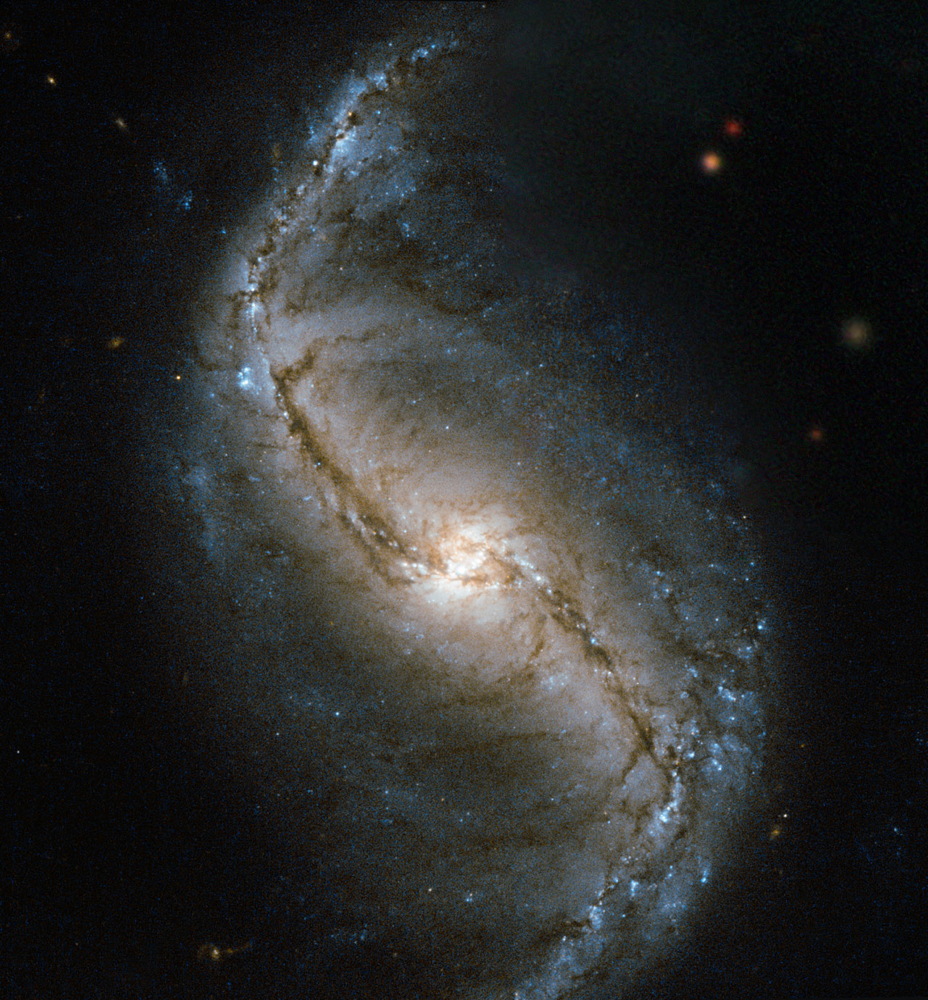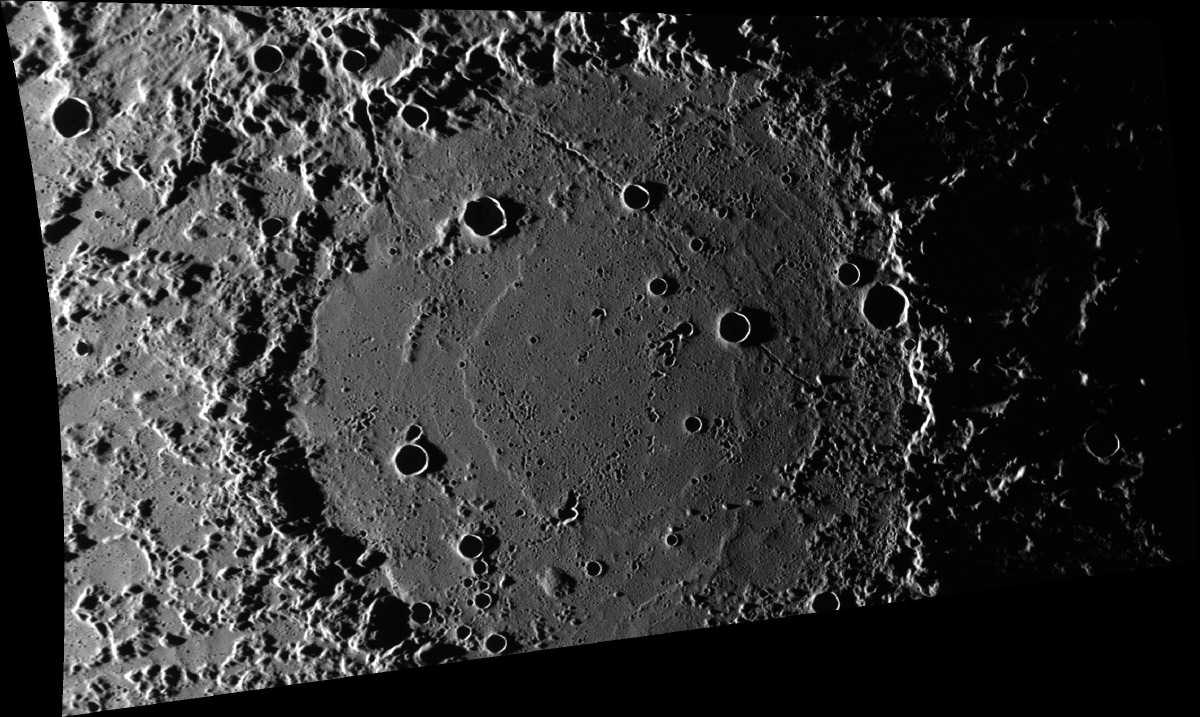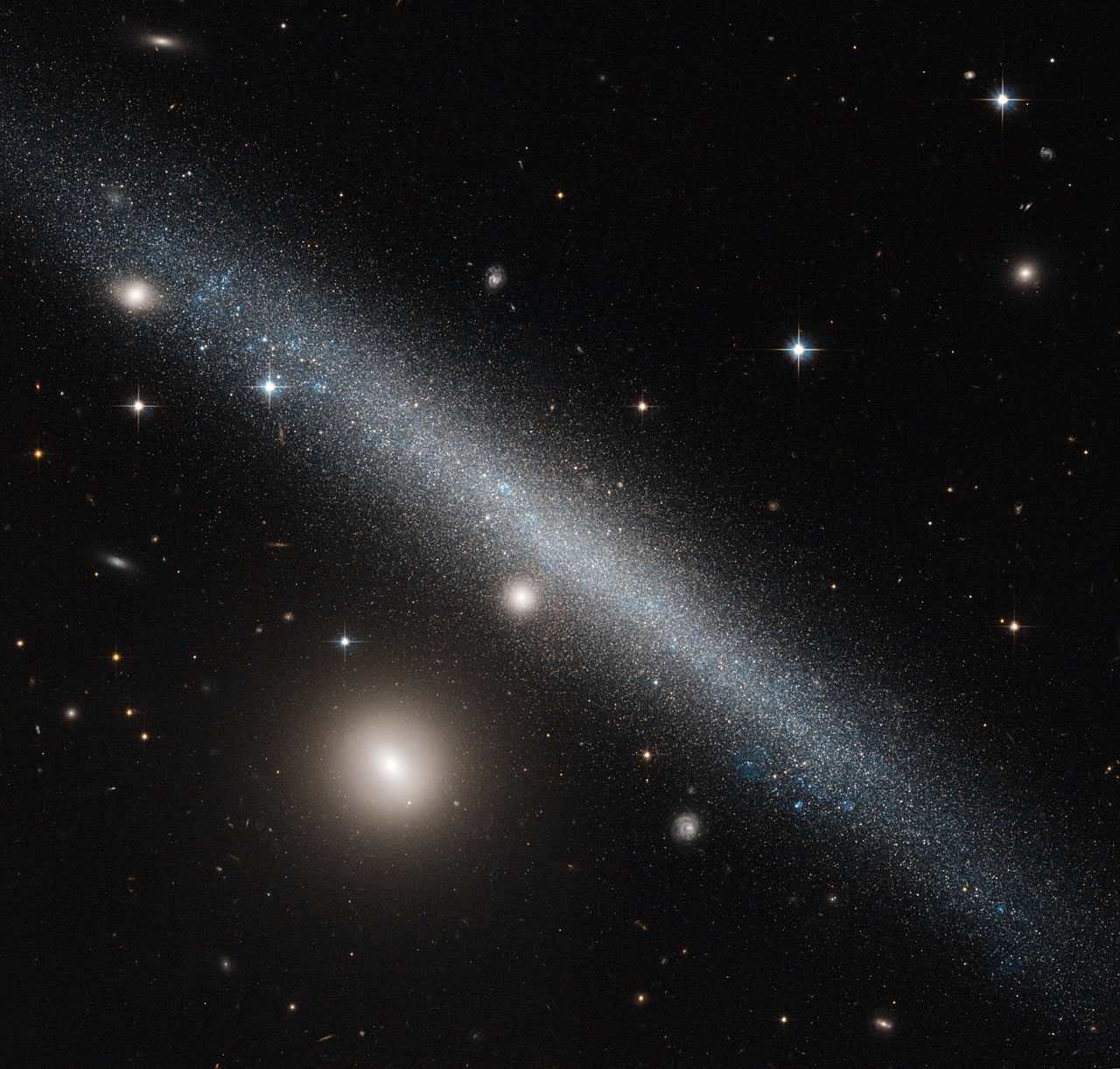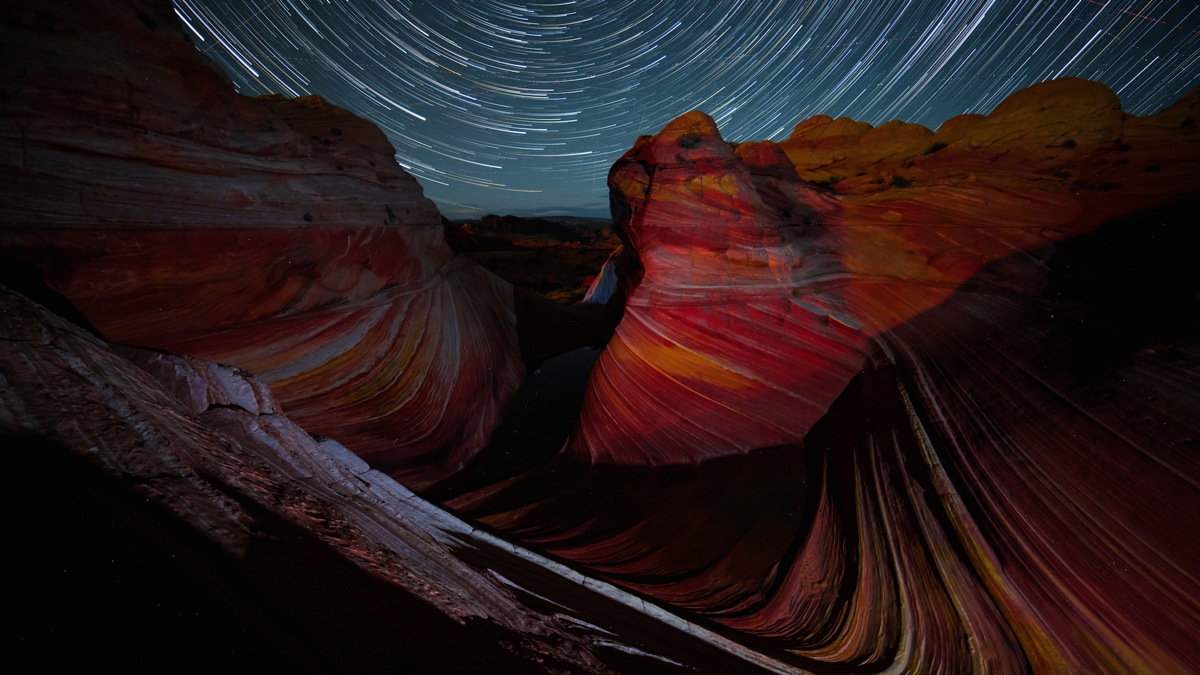Space Image of the Day Gallery (November 2014)
Golden Lights
Monday, Nov. 17, 2014: The Orion spacecraft stands ready for mounting atop a Delta IV Heavy rocket at Cape Canaveral Air Force Station's Launch Complex 37 on Nov. 12, 2014. NASA has designed Orion spacecraft to carry astronauts to unexplored destinations in the solar system, including an asteroid and Mars. The space agency has scheduled the first unpiloted flight test of Orion for Dec. 4, 2014, atop a United Launch Alliance Delta IV Heavy rocket. Later plans have the capsule launching in 2018 on NASA’s Space Launch System rocket.
— Tom Chao
Under the Moonlight
Tuesday, Nov. 18, 2014: The European Southern Observatory's Very Large Telescope (VLT) stands on Cerro Paranal in the Atacama Desert of northern Chile. The steel structure of the VLT Unit Telescope UT3, Melipal, gleams under moonlight in this new photo. The main mirror spans 27 feet (8.2 m) in diameter and weighs more than 25.3 tons (23 tonnes). Such a massive object requires a frame capable of supporting the weight while allowing the mirror to move and maintain high optical resolution. This movable steel frame weighs over 474 tons (430 tonnes), about the same as a fully loaded jumbo jet. The structure, optics and electronics stay protected from the harsh Atacama environment within a steel enclosure. Image released Nov. 17, 2014.
— Tom Chao
Mystery Train
Wednesday, Nov. 19, 2014: On the beach at Cape May, NJ, astrophotographer Chris Bakley caught the unexpected sight of train tracks that had been uncovered by a storm, beneath the night sky. He writes in an email message to Space.com: “Over the years, I have seen just about everything on the beaches of Cape May, New Jersey (especially at night), but tonight I witnessed a first: train tracks! ... The big buzz around town is how the big storm from last week washed/eroded enough sand away to uncover these tracks that haven't been seen for well over 20 years.” Image submitted Nov. 10, 2014.
— Tom Chao
Sharp Distance
Thursday, Nov. 20, 2014: NGC 986, a barred spiral galaxy, gleams in a new image taken by Hubble Space Telescope. NGC 986 lies in the constellation of Fornax (The Furnace), at a distance of around 56 million light-years away from Earth. The bright center and barred swirling arms shine distinctly in this image. The stars at top right appear fuzzy, as a gap in the Hubble data necessitated using supplemental data from ground-based telescopes, at a lower resolution. James Dunlop discovered the galaxy in 1828.
— Tom Chao
A Long Shadow on the Ground
Friday, Nov. 21, 2014: Low sun elevation creates long shadows in and around Van Eyck crater on Mercury. This image obtained by MESSENGER spacecraft shows how material ejected from the Caloris basin has cratered the rim of Van Eyck. The smooth plains making up the floor of Van Eyck also show the scars of cratering, ranging from large primary impacts to deep, linear incisions by secondary crater chains. Jan Van Eyck, a Flemish painter, lived from about 1390 to 1441 CE. Image acquired June 21, 2013 and released Nov. 14, 2014.
— Tom Chao
Take a Trip into the Sky with Me
Monday, Nov. 24, 2014: Three Expedition 42 crew members flew aboard a Soyuz TMA-15M rocket that launched from Baikonur Cosmodrome in Kazakhstan to the International Space Station on Nov. 23, 2014
— Tom Chao
I Feel a Hot Wind on My Shoulder
Tuesday, Nov. 25, 2014: Mira A represents one of the most famous red giant stars in the sky. The star makes up part of the binary system Mira, which lies about 400 light-years from Earth. Mira A, an old star, has already started to fling its material into space for reabsorption by the universe. Mira B, Mira A’s companion, orbits it at twice the distance from the sun to Neptune. Mira A emits a slow wind which molds the surrounding material. ALMA telescope has recently confirmed that Mira’s companion stands out as a different kind of star. Mira B shows itself as a hot, dense white dwarf with a powerful, fast stellar wind. Observations have shown the winds from the two stars collaborated to form a complex nebula. The heart-shaped bubble at the center of Mira A’s more relaxed outflow stems from Mira B’s energetic wind. Image released Nov. 24, 2014.
— Tom Chao
Breaking space news, the latest updates on rocket launches, skywatching events and more!
Slightly Imperfect
Wednesday, Nov. 26, 2014: Slightly warped dwarf galaxy UGC 1281 cuts diagonally across the image here, taken by NASA/ESA Hubble Space Telescope. This galaxy lies roughly 18 million light-years away in the constellation of Triangulum (The Triangle). The small galaxy PGC 6700 (2MASX J01493473+3234464) sits below UGC 1281. Other prominent stars also populate the frame. Earth’s side-on view of UGC 1281 makes it ideal for studying how gas is distributed within galactic halos, the roughly spherical regions of diffuse gas extending out from a galaxy’s center.
— Tom Chao
Some Good Cornbread
Thursday, Nov. 27, 2014: Happy Thanksgiving from Space.com! Expedition 42 Commander Barry "Butch" Wilmore of NASA, aboard the International Space Station, shows off the 2014 Thanksgiving meal items in a still from a video. A packet of sweet tea floats just out of his hand, while "cranberry pie" hovers above him. The clear package at top contains grits and butter ("You don't get no better than grits and butter," he says.) Packages of smoked turkey and cornbread dressing have floated out of frame. Video posted Nov. 24, 2014. [Watch full video.]
— Tom Chao
That Wave
Friday, Nov. 28, 2014: Astrophotographer Gavin Heffernan and his shooting partner Harun Mehmedinovic created this timelapse image of star trails over Arizona’s Wave rock formation, for a video commissioned by BBC Earth. The Wave, located near the Arizona-Utah border, consists of sandstone dunes that hardened, and then underwent erosion by water and wind, carving out smooth troughs in the laminated rock. Heffernan remarks in an email message to Space.com: “As far as I know, this is the first astrophotography timelapse ever filmed at this amazing location.” Image submitted Nov. 17, 2014.
— Tom Chao











